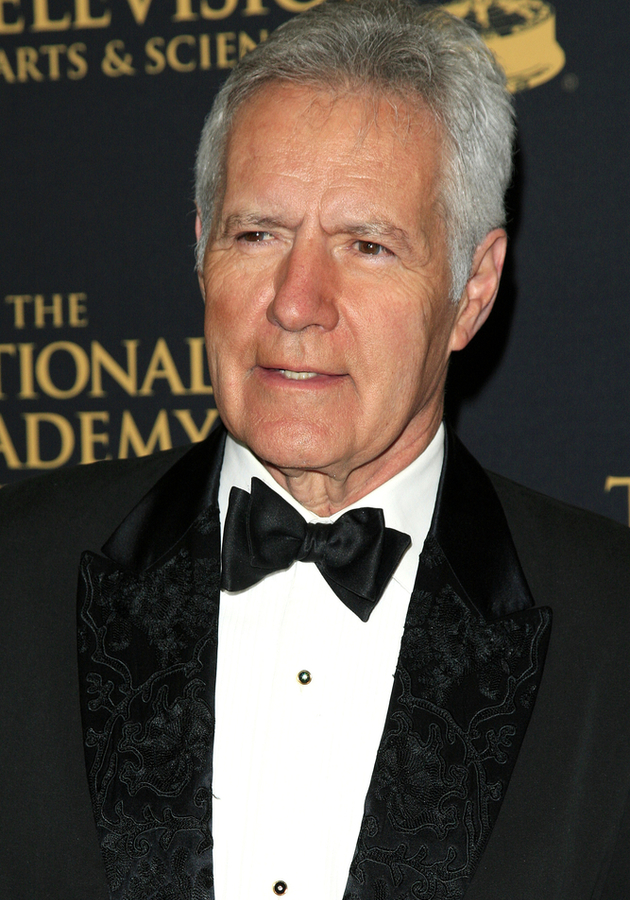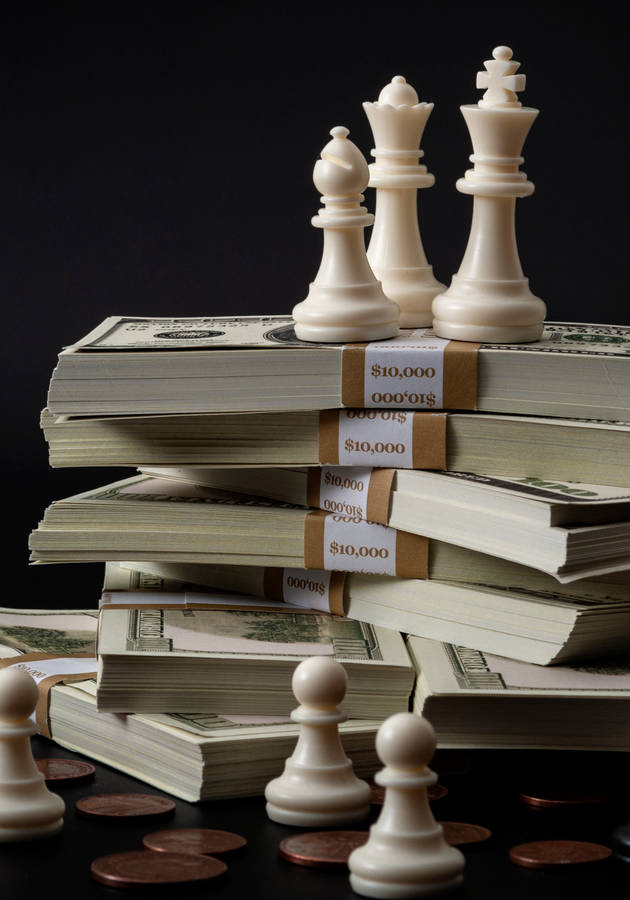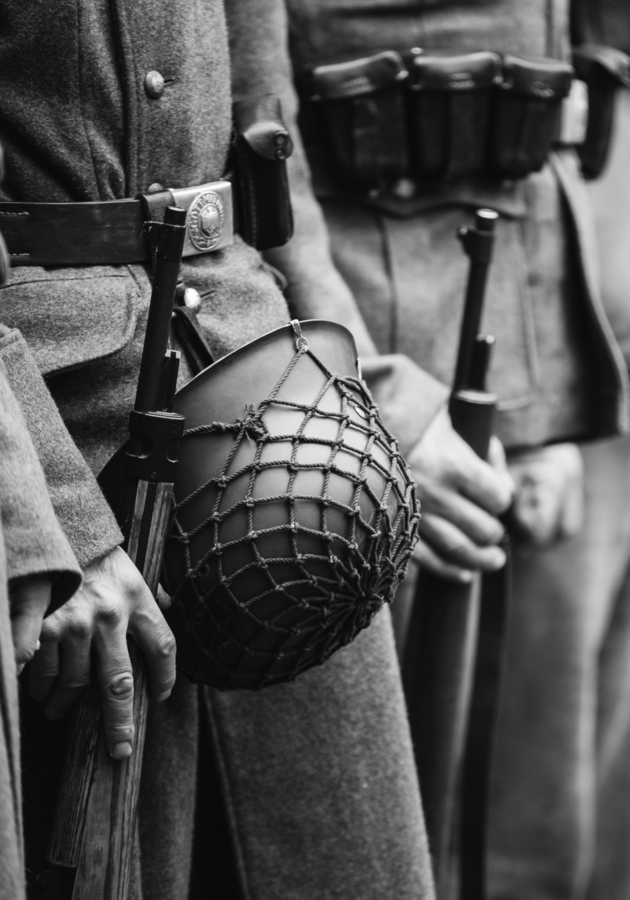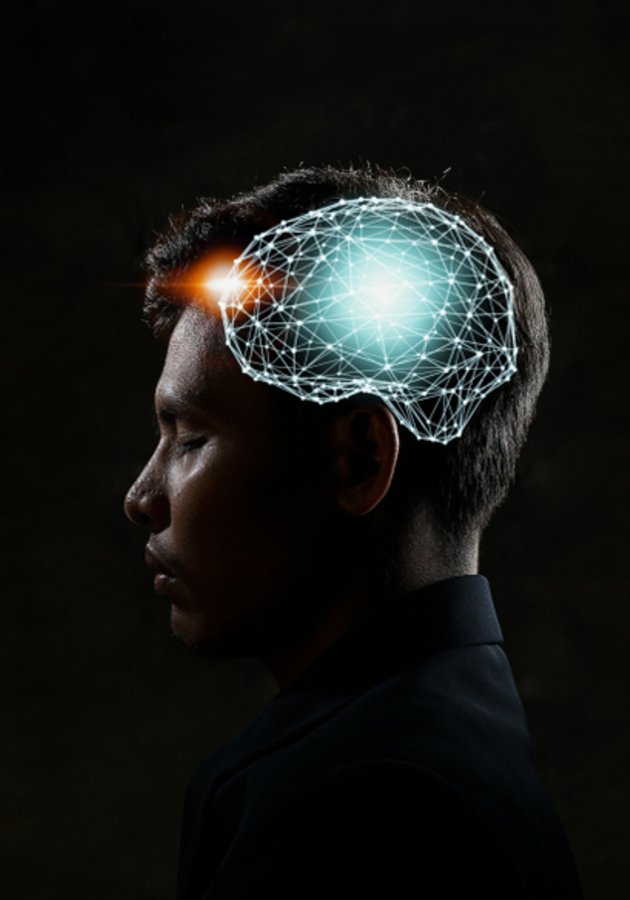“Blink” by Malcolm Gladwell is a book about snap judgments and intuitive feelings. It has three objectives. First, to demonstrate that “decisions made very quickly can be every bit as good as decisions made cautiously and deliberately.” Second, to establish how and when our instincts can betray us. And last but not least, to show that “our snap judgments and first impressions can be educated and controlled.” So, get ready to discover the power of rapid cognition as well as its weaknesses and drawbacks!
The statue that didn’t look right
In September of 1983, Basel dealer Gianfranco Becchina offered a sixth-century kouros to the J. Paul Getty Museum in California. A kouros is a specific type of a free-standing ancient Greek sculpture that represents a nude male youth. There are only 200 in existence, most of them recovered badly damaged. However, Becchina’s wasn’t: it was almost perfectly preserved. It was an extraordinary find.
Even so, the Getty moved cautiously. It took the kouros on loan, and, for the next 14 months, it conducted a thorough investigation. Results were satisfying: several experts – historians of art, geologists, curators – independently confirmed that the statue was not a contemporary fake, but an ancient work. Consequently, the museum bought the kouros from Becchina for $10 million, and, in the fall of 1986, it went on display for the first time. It was a proud moment for the museum.
But then, bit by bit, things began to change. An Italian art historian named Federico Zeri said that the statue’s fingernails seemed wrong. Evelyn Harrison, an expert on Greek sculpture, had a similar feeling – “a hunch, an instinctive sense that something was amiss.” Thomas Hoving, a former director of the Metropolitan Museum of Art in New York, agreed: to his eyes, the statue seemed just too “fresh.”
Concerned and confused, the Getty Museum decided to convene a special symposium on the kouros in Greece. But the only thing they could find in the cradle of European culture was just a few more dissenting voices. For example, Georgios Dontas – head of the Archeological Society in Athens – felt cold immediately after seeing the statue. “When I saw the kouros for the first time, I felt as though there was a glass between me and the work,” Dontas said. Future studies proved his hunch: soon after, the museum changed the statue’s label to “Greek, about 530 B.C., or modern forgery,” and in 2018 removed the kouros entirely from public display.
Two decision-making strategies
The case of the Getty kouros leaves one with many questions, but the most alarming is certainly the following: how did the experts at the museum didn’t see – after thorough investigation – what so many others could at a single glance? Curiously enough, Gladwell claims that this is a rhetorical question: it is precisely because the latter followed their intuition that they were able to reach the right conclusion.
He writes: “When Federico Zeri and Evelyn Harrison and Thomas Hoving and Georgios Dontas – and all the others – looked at the kouros and felt an ‘intuitive repulsion,’ they were absolutely right. In the first two seconds of looking – in a single glance – they were able to understand more about the essence of the statue than the team at the Getty was able to understand after fourteen months.” Well, “Blink” is a book about those first two seconds and the counterintuitive notion that “there can be as much value in the blink of an eye as in months of rational analysis.”
These two are the main strategies our brain uses to make decisions. The rational analysis – also called “conscious” – is the one you’re most familiar with. It’s logical, definitive, slow, and it needs a lot of information. The second decision-making strategy – also called “rapid cognition” – is its exact counterpart: it’s intuitive, smart, extremely fast, and occurs below the level of consciousness. The last is its main drawback because, when you make decisions consciously, you know you are making decisions and you are aware of their genesis and nature. However, in rapid cognition, your adaptive unconscious makes the decisions for you – in most cases, you just make the subsequent actions.
Thin-slicing and John Gottman’s love lab
In our daily lives, depending on the situation, we constantly toggle back and forth between our conscious and unconscious modes of thinking. However, as Gladwell writes, “we live in a world that assumes that the quality of a decision is directly related to the time and effort that went into making it.” In other words, we don’t trust our impulsive, quick-firing intuition. Yet, as the Getty kouros case shows, sometimes it reaches better conclusions and makes sounder decisions than our diligent conscious brain. But how?
To understand this better, allow us to introduce you to American psychologist John Gottman. Ever since the 1980s, he has been videotaping short conversations of married couples in his so-called love lab near the University of Washington campus. Then, he analyzes the conversations according to his trademarked coding system SPAFF, which assigns numbers to all the emotions expressed by the couple during their conversation: disgust, for example, is 1, contempt is 2, anger 7, neutral is 14, and so on. The notation “7, 7, 14, 2” means that in a four-second stretch, one member of the couple was briefly angry, then neutral, and then expressed contempt.
The fascinating thing is that on the basis of these calculations, Gottman can predict, with a near-certainty, whether or not the couple will still be married 15 years later – and he only needs to watch them talk for 15 minutes. Obviously, there’s nothing instinctive about his approach – he analyzes the videotapes consciously and deliberately, with the help of a system that could only be developed by someone with decades of experience. However, Gladwell writes that Gottman can teach us a great deal about a critical part of rapid cognition known as thin-slicing.
Thin-slicing is the ability of our unconscious “to find patterns in situations and behavior based on very narrow slices of experience.” When our unconscious engages in thin-slicing, we are doing “an automated, accelerated unconscious version of what Gottman does with his videotapes and equations.” This is what happened in the case of the Getty kouros: Evelyn Harrison, Thomas Hoving, and the Greek scholars made quick inferences about the marble statue with minimal amounts of information, but the data was highly relevant, and their unconscious processed it quickly against a backdrop of pertinent understandings and experiences.
This is why we can make such accurate snap judgments: our unconscious is incredibly good at filtering out superfluous data and seizing on the fundamental truth. It is also why judgments based on thin-slicing can be even more precise than judgments based on much more information: too much data can confuse and mislead.
Andre Agassi’s forehand and the Warren Harding error
Did Harrison and Hoving know why they knew the Getty kouros was a forgery? No, not at all. Because snap judgments happen beneath our conscious awareness of the world. For this reason, as good as we are at making them, we’re just as bad at explaining them to others – and even to ourselves. Therein lies the magic – but also the problem of rapid cognition.
Take, for example, tennis great Andre Agassi. Ask any professional coach, and they would probably tell you that Agassi’s forehand was so exceptional because he could use his wrist to roll the racket over the ball when hitting. Agassi even claimed this himself. However, after digitizing his movements and analyzing them frame by frame, sports scientists discovered that this was a myth: Agassi never moved his wrist at all – at least not before impact. Similarly to him, many world-class athletes have concocted explanations for their snap judgments retroactively; more often than not, science has proved them wrong. “Snap judgments and rapid cognition take place behind a locked door,” writes Gladwell. “I don’t think we are very good at dealing with the fact of that locked door.”
Things that we can’t explain are magical; unfortunately, they are also problematic. For example, often we don’t really know why we don’t like certain people and why we prefer one romantic partner to another; nevertheless, we really do. The unconscious makes this decision for us, and then we consciously try to justify it. However, in many cases, this is very wrong. For example, tennis players still pay thousands of dollars to be taught how to roll their wrist over the ball like Agassi even though this is dangerous and might even be impossible.
Even worse, many of our most powerful unconscious associations are primitive and outdated. For example, hundreds of studies have demonstrated that height and whiteness – particularly in men – trigger a certain set of very positive unconscious associations in most people. In other words, even when we don’t want to, we tend to think that tall, white, handsome men are the best specimens of humanity. Believe it or not, this is the only reason why Warren G. Harding got elected president of the United States in 1921. He had no real skills or merits – but he looked presidential. Unsurprisingly, he did nothing to justify his appointment: today, he is widely considered one of the worst presidents in historical rankings.
The tragic case of Amadou Diallo and the beauty of blind auditions
Unfortunately, as tolerant and unbiased as we might consciously be, we regularly tend to make prejudicial (and even racist) snap judgments at an unconscious level – especially when put under pressure.
This is what happened in the early hours of February 4, 1999, when four male New York City police officers shot and killed an unarmed 23-year old Guinean immigrant by the name of Amadou Diallo. None of the policemen was consciously racist or had demonstrated this type of behavior previously; however, after seeing the frightened Diallo making a move for his pocket, they experienced a breakdown of rapid cognition and fell back on subconscious racist behavior.
Ordinarily, we have no difficulty at all distinguishing between someone terrified and someone dangerous, but in high-stakes situations, we are very bad at thin-slicing. “I think that we become temporarily autistic […] in situations when we run out of time,” writes Gladwell.
Fortunately, there are ways to harness the power of rapid cognition without the risk of falling back on primitive behavior. A good example is the world of classical music. Until recently, it was the preserve of white men: women, it was believed, couldn’t play like men. But then blind behind-screen auditions were introduced, and the number of women in the top United States orchestras increased fivefold.
The reason why fewer women played in orchestras before was that of prejudiced rapid cognition. Musicians today are still hired in a blink – but, because of the screens, these snap judgments filter out even more irrelevant data than before – including information about height, whiteness, and gender. And because the slice of the world is made thinner by the screen, the final decision is more accurate.
Final Notes
Enlightening, provocative, and fun, “Blink” is one of the books that made Malcolm Gladwell a cultural phenomenon.
Highly recommended.
12min Tip
Trust your gut only in cases when you know a lot about something; in all other cases, question it and turn it inside out.





























